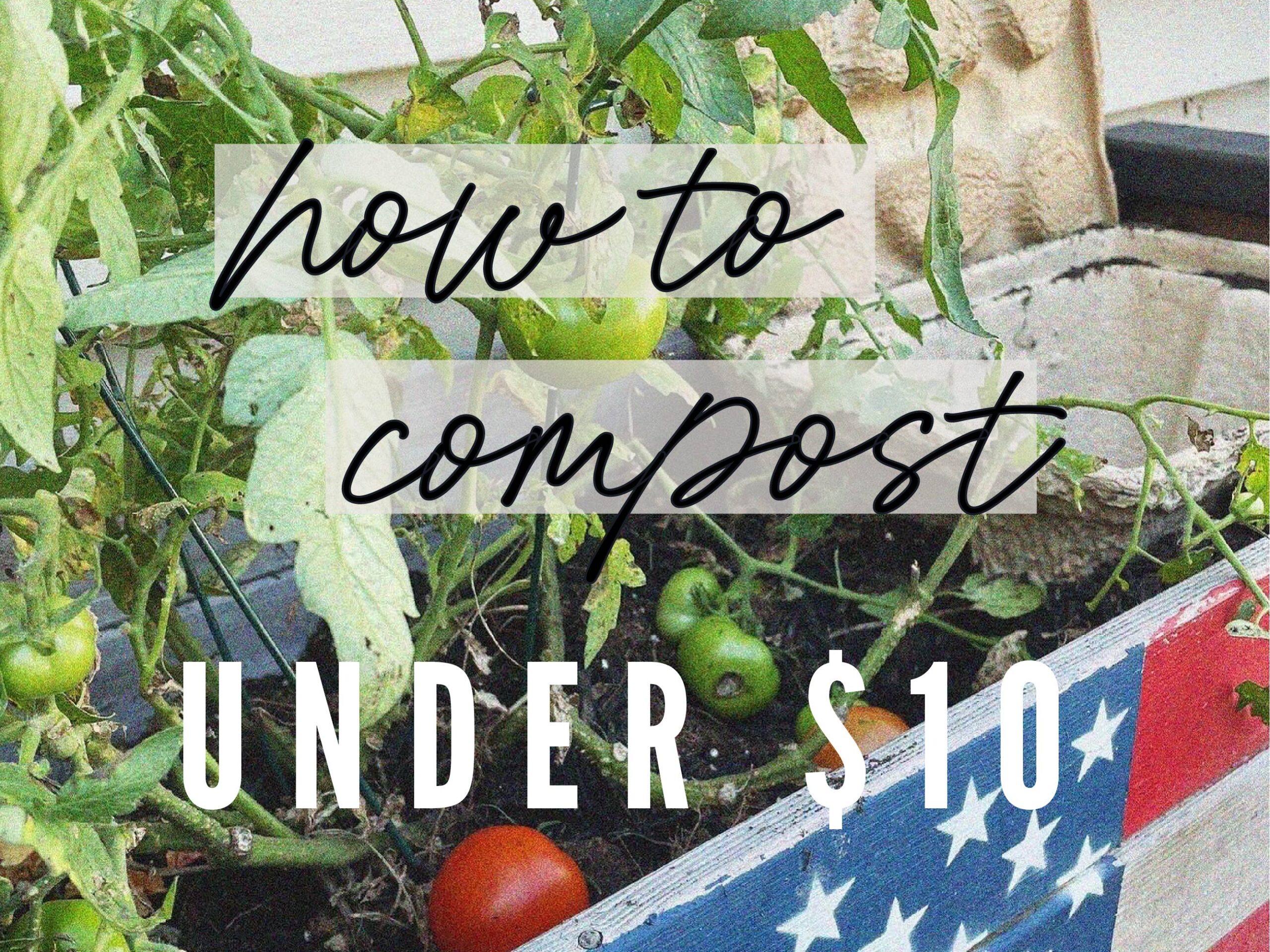With an enthusiasm as rich as the compost it champions, this lively guide dives into the art of composting for beginners. It details the journey from transforming an Igloo 16q recycled paper cooler into a simple and cost-effective compost bin, to understanding what goes into the bin and why. What starts with kitchen scraps and yard waste ultimately becomes a goldmine of nutrients, the article explains, highlighting the harmony between ‘green’ kitchen waste and ‘brown’ garden waste in making perfect compost. Besides its practical advice, the article passionately discusses the environmental benefits of composting. It touches on how this age-old practice helps reduce landfill waste, enhances soil health, and aids in the fight against climate change. So, not only does composting give a second life to our food scraps, it also helps protect our precious planet, making it an affordable, sustainable, and truly indispensable garden habit.
Enter the enchanting realm of composting! It’s a practice as time-honored and vital as agriculture itself, one that artfully completes the cycle of life by converting what many consider waste into a treasure trove of nutrients. This isn’t just an ingenious way of dealing with organic waste. It’s also a veritable garden miracle-worker, supplying a banquet of nutrients for your plants. But, like a well-tended tree branching out, the benefits of composting extend far beyond your garden, reaching out to positively impact the entire environment. So, strap on your explorer’s hat as we embark on a journey to uncover these benefits.
Getting Started with Your Compost Bin
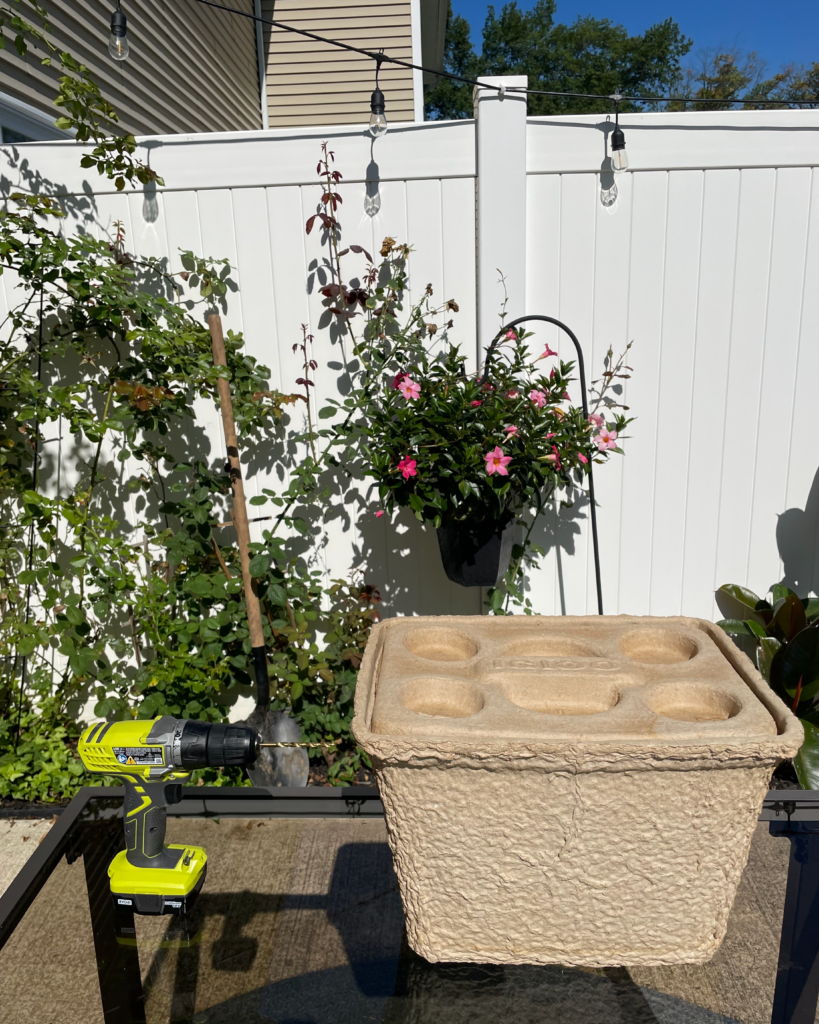
What you’ll need:
- Compostable Cooler
- Shovel
- Drill
- Compost Accelerator (optional)
Step 1: Drilling Your Way to Composting Success
First things first, let’s start by transforming that Igloo 16 Qt Eco-Friendly Recool Compostable Cooler into a composting haven. Roll up those sleeves and grab your drill because it’s time to make some holes. Now, these holes are not mere decorations. They are the lungs of your compost bin. Composting is an aerobic process, which means the tiny microorganisms breaking down your kitchen and garden scraps need oxygen to work their magic.
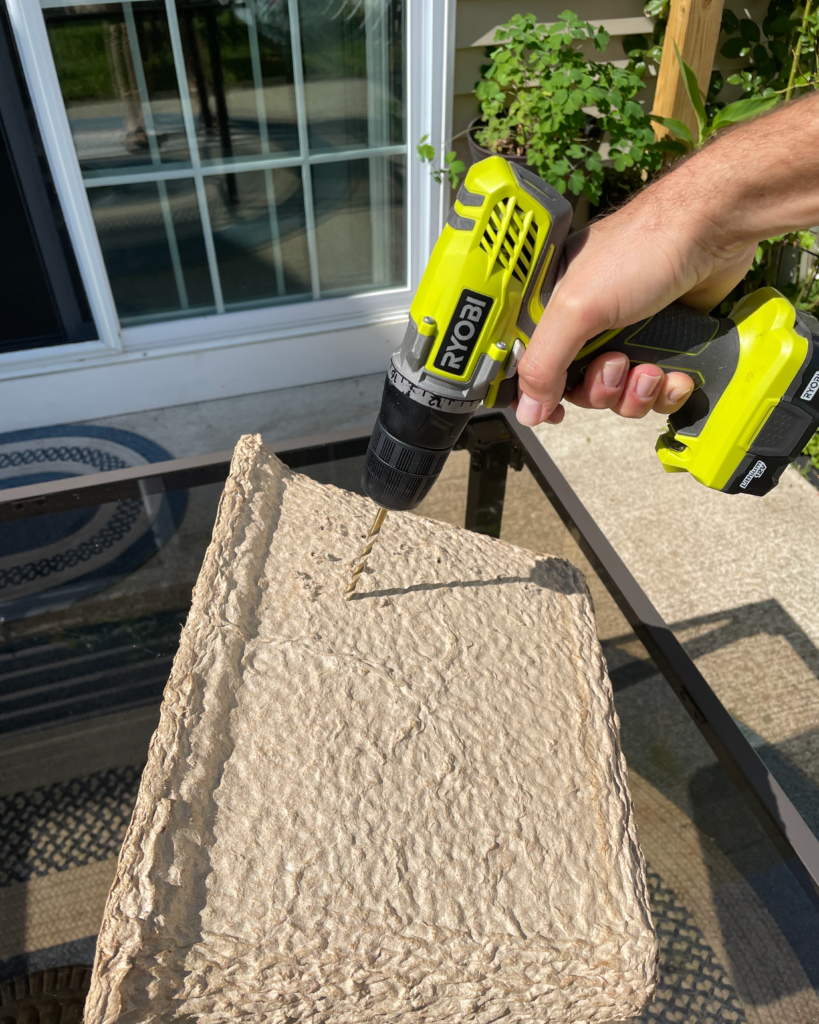
So, let’s start puncturing the sides and bottom of the cooler with evenly-spaced holes. These aerate your compost, allowing oxygen to circulate and aiding in the decomposition process. What’s more, the holes at the bottom act as drainage points, ensuring that any excess water seeps out, thus maintaining a balanced moisture level. A soggy compost pile is a big no-no as it can smother and kill beneficial microbes. Think of it as Goldilocks’ porridge – it should be not too dry, not too wet, but just right.
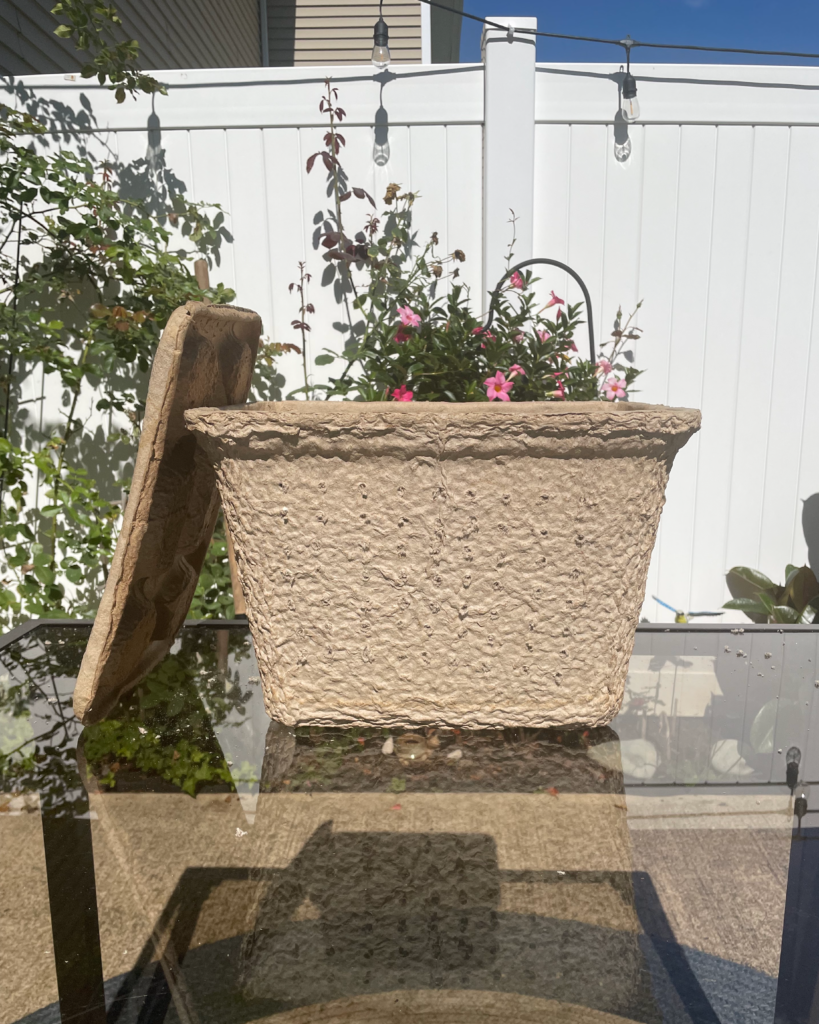
Step 2: Finding the Perfect Home for Your Compost Bin
The next step in our composting adventure involves finding an ideal location for your newly prepared compost bin. If you’re blessed with a spacious backyard, that’s fantastic! Choose a spot that is convenient yet out of the way, where the natural process of decay won’t be disturbed. The back of your garden could be just the right place.
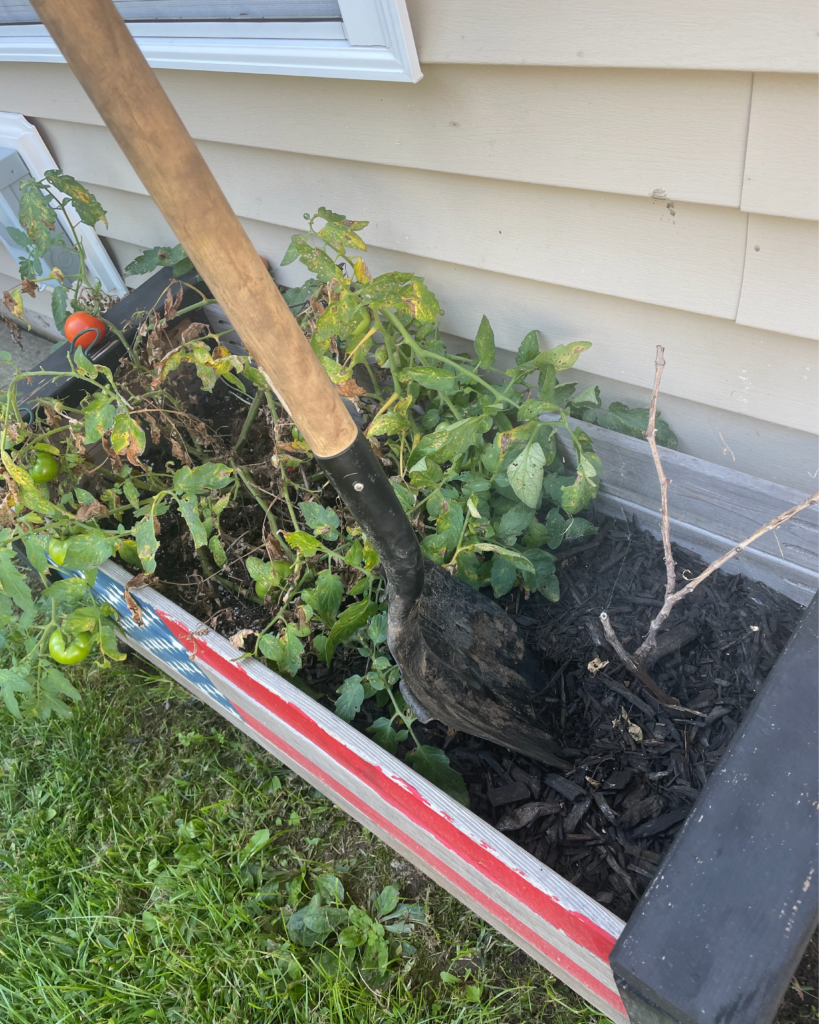
Alternatively, you can choose to bury the compost bin underground, exposing only the lid. This method not only keeps the compost bin concealed, maintaining the aesthetic appeal of your garden, but it also helps insulate the compost pile, maintaining a more consistent temperature, especially during colder months. And here’s a tip, keep that lid on snugly. It will deter local wildlife from treating your compost bin as their personal buffet and also help maintain the moisture and heat levels within the compost pile.
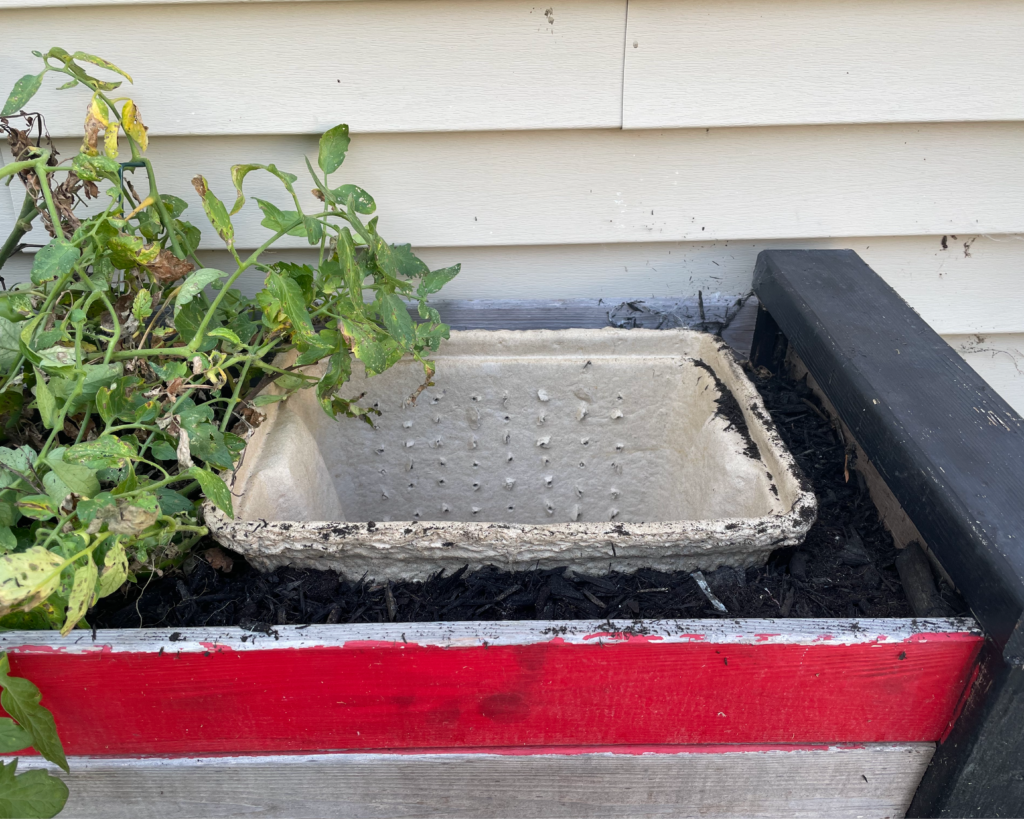
Step 3: Giving Your Compost a Kick-Start with an Accelerator
You’ve got your compost bin, and you’ve found it a home. Now it’s time to add some va-va-voom to kick-start the composting process. Enter compost accelerators like Jobe’s Organics 09926 Fast Acting Fertilizer Compost Accelerator. A compost accelerator is like an energy drink for your compost pile. It helps speed up the composting process by adding a blend of beneficial microbes that jumpstart the decomposition process.
It’s more than just a booster; it’s an ecosystem in a bag. We’re talking about Jobe’s Organics Compost Accelerator. It might look like simple garden stuff, but believe me, it’s far from ordinary. What makes it special is the unique blend of beneficial microbes and mycorrhizal fungi tucked inside.
So, how does this magic blend work? The beneficial microbes are like the cleanup crew, moving in fast to break down the organic materials in your compost pile. They chew through the greens and browns, turning them into a rich, earthy compost. On the other hand, the mycorrhizal fungi form partnerships with plant roots, allowing them to absorb more nutrients and water from the soil. Imagine having little helpers working round the clock, enhancing the ability of your plants to make the most out of your compost. That’s exactly what these fungi do. So, when you add Jobe’s Organics to your compost pile, you’re not only revving up the composting process but also raising the bar on the quality of the final product. A garden win, wouldn’t you say?
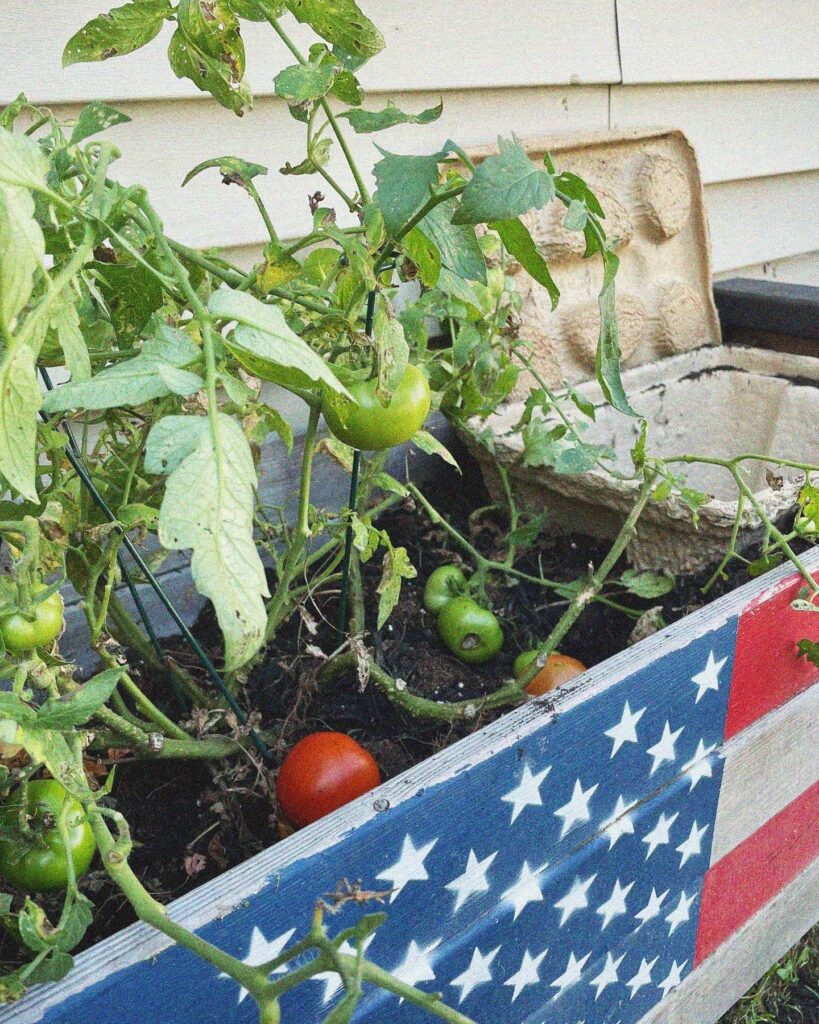
Getting Started with Your Compost Bin: What’s In, What’s Out?
With your compost bin patiently waiting, you might find yourself scratching your head, “Alright, what now? What goes in there?” Well, welcome to the intriguing world of compost ingredients. If you love cooking, you’ll appreciate this – composting is all about the right recipe. The star ingredients of any compost pile are divided into two distinct groups, affectionately known as “greens” and “browns”.
The “greens” are the life of the party in your compost pile. These are the nitrogen-rich materials that you’ll typically find in your kitchen. Picture them as the gourmet meal for the microorganisms that’ll be working tirelessly to convert your waste into compost. There’s a wide variety of greens – fruit and vegetable peels, coffee grounds and filters, tea bags, stale bread, and don’t forget those crushed eggshells. About to trash a banana peel? Hold on! That peel is a composting hero, jam-packed with nutrients. The coffee grounds from your morning brew? Spot on for composting – they’re not only nitrogen-rich but they also introduce beneficial microbes to your pile.
Then come the “browns”, the carbon-rich materials usually sourced from your garden or yard. These materials are like the bread to your composting sandwich, creating essential structure and spaces for air circulation within your pile. Browns include materials like the dry leaves that crunch underfoot in autumn, small branches and twigs, grass clippings from your last lawn mow, and even straw. They help to balance the moisture in your compost pile, keeping it from turning into a sloppy mess.
So, there you have it. The “ins and outs” of what can be composted. With this guide, your kitchen scraps and yard waste aren’t just waste anymore. They’re valuable ingredients in the creation of nutrient-rich compost that will feed your garden and in turn, feed you. So the next time you’re about to toss an apple core into the trash, remember – it could be the start of something beautiful in your compost bin!
Why is Composting Good for the Environment?
With a world driven by consumption, we are inevitably faced with mountains of waste. But, have you ever wondered about the fate of your leftover food, those apple cores, carrot peels, or coffee grounds you thoughtlessly throw away? These so-called scraps hold more potential than you could imagine, offering a solution to our waste conundrum that could significantly impact our environment. This solution is composting, an age-old method of turning organic waste into a nutrient-laden elixir for our soils. But, don’t be fooled into thinking this is just about waste reduction. The benefits of composting reach out to nurture soil health, conserve resources, and aid in the fight against climate change.
Composting reduces landfill waste
One of the major triumphs of composting is the remarkable reduction it brings to landfill waste. Did you know that a staggering 30% of household garbage in the U.S. alone is compostable? That’s nearly one-third of your household waste that could be thriving in your backyard compost pile instead of languishing in a landfill. Composting allows us to reroute this organic waste, curbing the methane emissions that arise when this waste decomposes without oxygen, or anaerobically. Methane, a greenhouse gas, packs a punch in terms of global warming, being over 25 times more potent than carbon dioxide over a century. So, every apple core or coffee ground you compost directly contributes to the reduction of these harmful emissions.
Composting enriches the soil
Composting’s second coup is its ability to enhance our soil. Amidst our modern bustle and production, we often fail to realize the life that thrives beneath our feet. Our soil, teeming with life, forms the backbone of our ecosystems, fostering plant growth, which in turn gifts us with food, oxygen, and a myriad of other resources. Composting nurtures this soil, fortifying its structure, and boosting its ability to retain and dispense nutrients. Furthermore, compost’s organic matter encourages the proliferation of beneficial microbes. These microscopic garden allies form symbiotic relationships with plant roots, aiding in nutrient absorption and bolstering plant health. Healthy soil births healthy plants, leading to more robust ecosystems.
Composting conserves resources
Lastly, but crucially in this era of climate change, composting doubles as a resource conservator and a climate change combatant. How does it achieve this, you ask? Well, composting recycles essential nutrients back to the soil, reducing our dependence on synthetic fertilizers. The creation, packaging, and transportation of these artificial fertilizers consume energy, often sourced from fossil fuels, resulting in more greenhouse gas emissions. In stark contrast, composting is a local process, demanding minimal energy and emitting no harmful gases.
Additionally, soil enriched with compost has an enhanced capacity to sequester, or absorb, carbon. This is akin to a sponge mopping up carbon dioxide from our atmosphere and storing it within the soil in a stable form. This process helps to alleviate climate change by reducing the concentration of greenhouse gases in our atmosphere.
So, why should we compost? The answer lies not just in our backyards or in our gardens, but in the broader health of our planet. Through composting, we have the power to reduce waste, enrich our soils, conserve resources, and fight climate change. And that, my friends, is the true beauty of composting.
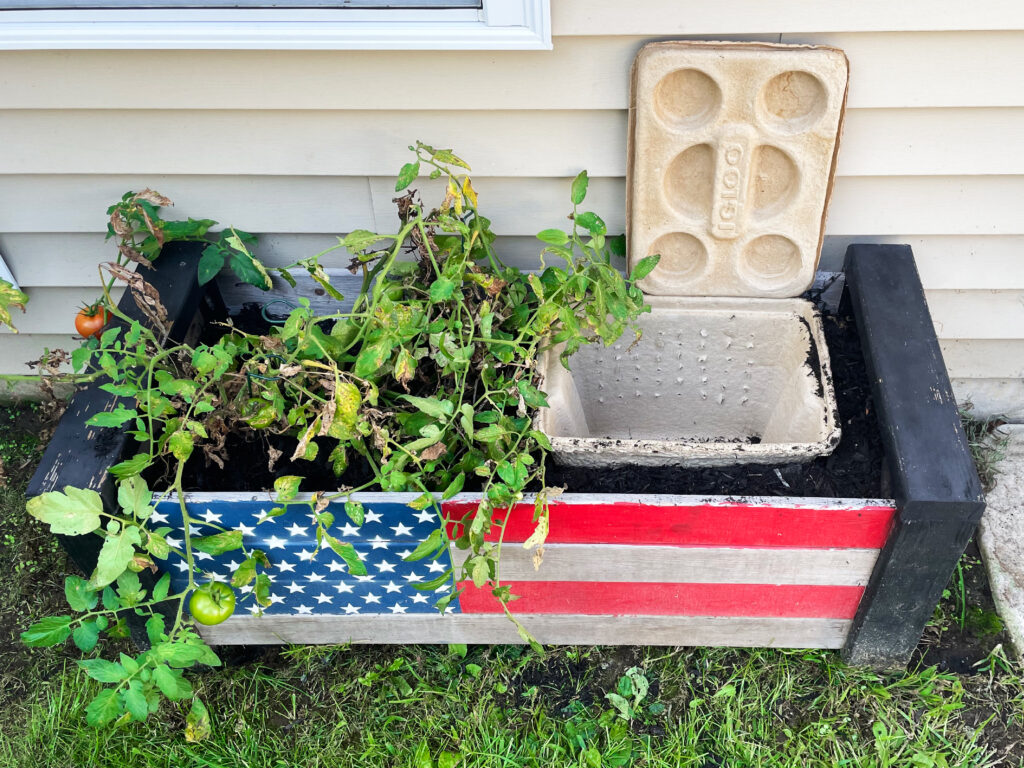
Written By
Alexander Coronado


